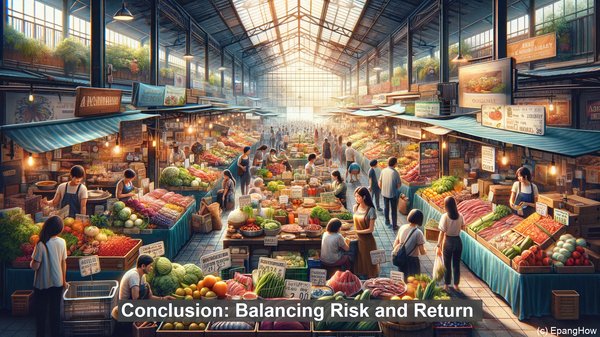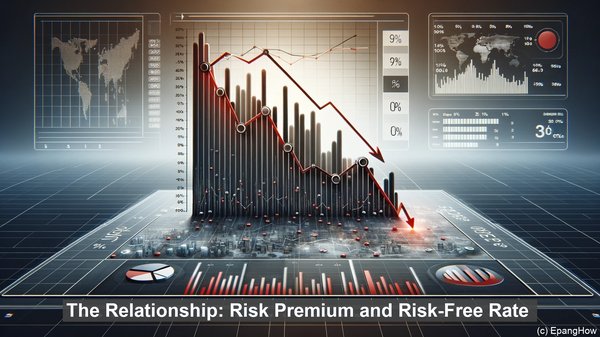Introduction: The Foundation of Finance
Hello, and welcome to our article on the difference between risk premium and risk-free rate. When it comes to finance, understanding these concepts is crucial, as they form the basis of investment decisions and the evaluation of potential returns. So, let’s dive in!
Defining the Risk-Free Rate
The risk-free rate is the theoretical rate of return on an investment that carries no risk. In other words, it’s the return an investor would expect from an absolutely safe asset, such as a government bond. This rate serves as a benchmark for evaluating the performance of other investments.

Understanding Risk Premium
On the other hand, the risk premium is the additional return an investor expects to receive for taking on a higher level of risk. It’s the compensation for the uncertainty and potential loss associated with an investment. The risk premium varies depending on the asset and the overall market conditions.
The Relationship: Risk Premium and Risk-Free Rate
The risk premium is closely tied to the risk-free rate. As the risk-free rate increases, the risk premium generally also increases. This is because investors demand a higher premium for taking on risk when the risk-free rate is high. Conversely, when the risk-free rate is low, the risk premium may be relatively lower as well.
Application: Investment Decision-Making
When evaluating investment opportunities, understanding the risk premium and risk-free rate is essential. A higher risk premium may indicate a potentially higher return, but it also signifies greater risk. Investors must weigh the potential reward against the level of risk they are comfortable with, considering their investment goals and risk tolerance.

